 A for ABUNDANCE
A for ABUNDANCE
This is what each one desires, to own things, yes, but more still: to possess in abundance.
We think immediately of money, material goods of all kinds.
But one imagines also: excellent health, much power, influence over many people.
To enjoy all that one can obtain and… without measure!
A little does not satisfy. Much? This is not enough yet!
One day, Jesus said clearly why he had come to live our planet Earth and share our existence.
He has declared:
“I have come that they (the sheep) may have life and have it to the full (in abundance) (John 10:10)”.
The sheep – one must read: human beings – we are the sheep!
And the abundance that he desires for us goes far beyond what we can imagine:
“Life to the full”, in abundance”.
At the beginning of this period of Lent, let our imagination – and our desire – be stretched…
And let our heart open itself to the abundance that God offers us!…
Source: Image: pexels.com (Michael Burrows)
 World Menopause Day is held each year on 18 October to raise awareness, break the stigma and highlight the support available for improving health and wellbeing for those experiencing menopause.
World Menopause Day is held each year on 18 October to raise awareness, break the stigma and highlight the support available for improving health and wellbeing for those experiencing menopause.
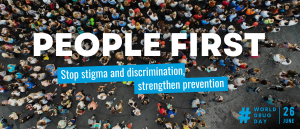

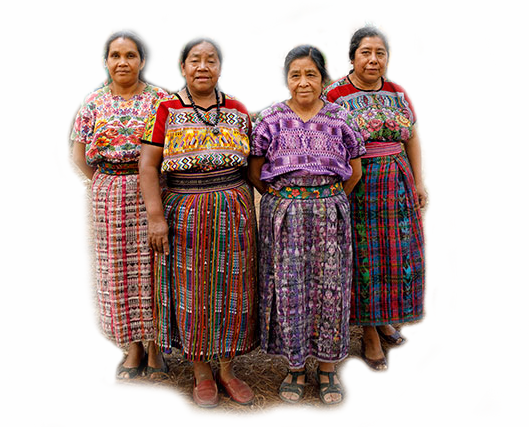

 2023 Theme: Demographic Trends and Families
2023 Theme: Demographic Trends and Families For the past 50 years, Earth Day has been celebrated by billions of people around the globe, annually every April 22, to join together in promoting awareness for the health of our environment. Why should we continue to celebrate this holiday? Some people may view it as just another holiday, or an excuse to wear green and a flower crown, similar to St. Patrick’s Day, but with serious concerns about our changing environment being studied and addressed today by prominent scientists, politicians, and young climate change activists alike, some people are adapting to more environmentally friendly ways of living — every day, not just on April 22 every year. Cue the composting, recycling, repurposing, carpooling, thrifting, and metal straws to save the turtles.
For the past 50 years, Earth Day has been celebrated by billions of people around the globe, annually every April 22, to join together in promoting awareness for the health of our environment. Why should we continue to celebrate this holiday? Some people may view it as just another holiday, or an excuse to wear green and a flower crown, similar to St. Patrick’s Day, but with serious concerns about our changing environment being studied and addressed today by prominent scientists, politicians, and young climate change activists alike, some people are adapting to more environmentally friendly ways of living — every day, not just on April 22 every year. Cue the composting, recycling, repurposing, carpooling, thrifting, and metal straws to save the turtles.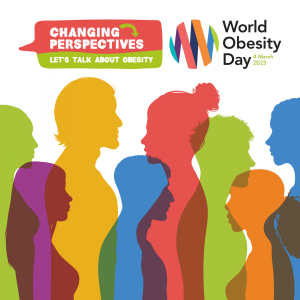 About WOD
About WOD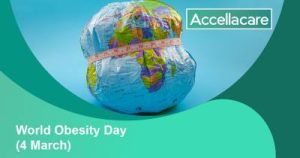 world’s understanding, prevention and treatment of obesity.
world’s understanding, prevention and treatment of obesity.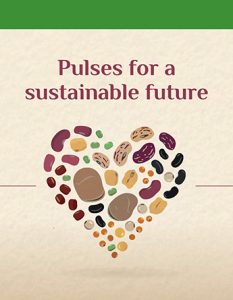 Pulses are the edible seeds of leguminous plants cultivated for both food and feed.
Pulses are the edible seeds of leguminous plants cultivated for both food and feed.